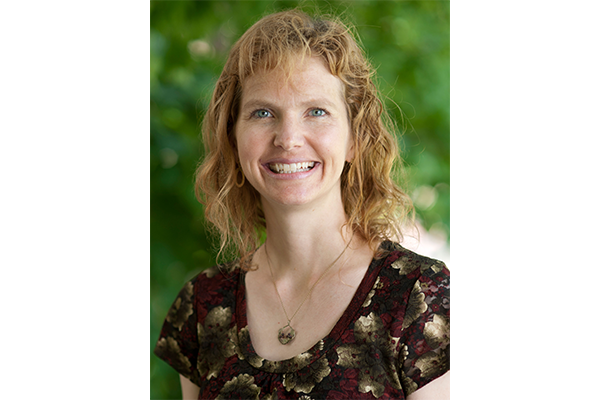Understanding Bone Change From Evolution To Everyday Movement

MIE/BioE Professor Sandra Shefelbine, in collaboration with Brown University, was awarded a $625,000 NSF grant for “Bones and Burrowing: Mechanoadaptation in phylogeny, ontogeny and ecology of Peromyscus.”
Abstract Source: NSF
Bone shape across animal species is the result of evolution (passing down traits to offspring) and adaptation (change of shape during life). This research investigates how bones change shape in response to different behaviors and environments, using deer mice as a model system. Scientists will study two closely related mouse species?one that burrows underground and one that does not?to understand whether bone structure is primarily determined by genetics passed down through evolution or by physical activity during an animal’s lifetime. By raising mice in environments that either allow or prevent digging, and using cutting-edge X-ray technology to film their movements in real-time, researchers will discover how specific behaviors reshape bones. This work addresses a fundamental question in biology about how form follows function in living organisms. The findings will have important implications for human health, particularly in understanding bone diseases, aging, and the role of exercise in maintaining strong bones throughout life. The project will also advance scientific infrastructure by pioneering new imaging technology that can capture detailed bone and muscle movements in very small animals, opening doors for future biomedical research. Additionally, the research will train high school, undergraduate, and graduate students in laboratory techniques and create educational materials for teachers to help students understand evolution, physiology, and engineering principles through hands-on bone studies. By revealing how animals naturally optimize their skeletons for their lifestyles, this research provides insights that could inform treatments for bone disorders and guide exercise recommendations for maintaining skeletal health.
This study investigates how limb bone structure is shaped by genetic inheritance versus developmental responses to physical activity in deer mice. The project will test the hypothesis that bone changes during growth are primarily influenced by local mechanical forces, while overall bone shape and the capacity to respond to forces are determined by evolutionary adaptations to different environments. Two mice species will be compared: burrowing oldfield mice (Peromyscus polionotus) and non-burrowing cactus mice (P. eremicus). Mice will be raised in chambers that either allow or prevent digging behavior, and limb bone structure will be measured using high-resolution CT scanning to compare bone thickness, internal architecture, and overall geometry between groups. Bone function during movement will be studied using advanced X-ray video technology (microXROMM) to measure how bones move in three dimensions and calculate muscle forces during running and digging. To test how sensitive bones are to mechanical forces, controlled loads will be applied to leg bones while measuring structural, cellular, and genetic responses through tissue analysis and gene expression studies. Gene activity analysis will identify which genes respond differently to mechanical forces in each species, determining whether evolutionary differences in digging behavior correspond to altered bone sensitivity at the molecular level. This approach will establish how behavior, mechanical forces, and bone adaptation interact across evolutionary, developmental, and ecological scales, providing a framework for understanding how form follows function in mammalian skeletons.